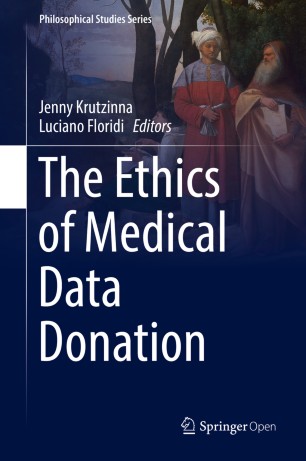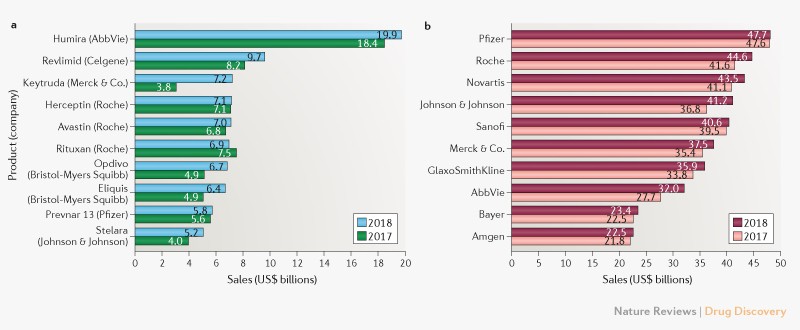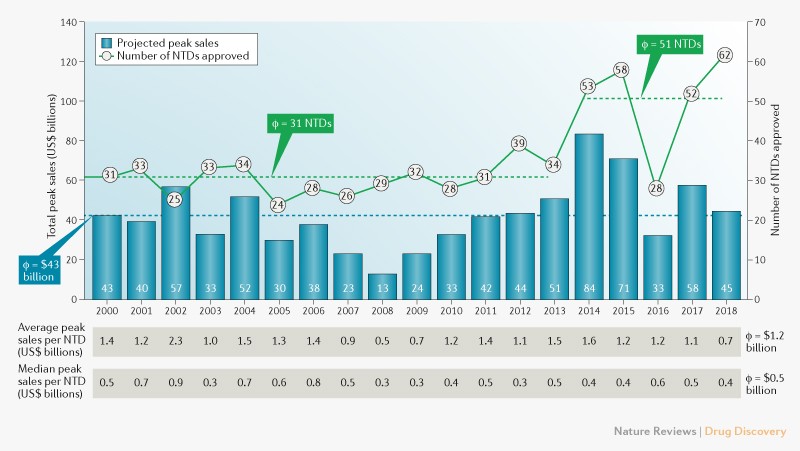Some months ago I explained my concerns about opioid epidemic. I said that the problem is closer than most people think. In the last five years, there has been a 45% growth in publicly funded opioid prescription in our country. Now OCDE presents the current situation in a report that highlights where we are and what can be done. The key messages are these ones:
- Better Prescribing: Doctors can improve their prescribing practices, for instance, through evidence-based clinical guidelines (e.g. for opioid prescription, for adequate medication-assisted therapy for OUD patients), prescribers training, surveillance of opioid prescriptions, and regulation of marketing and financial relationships with opioid manufacturers. In addition, patients and the general public can also benefit from clear educational materials and awareness interventions to enhance their opioid-related literacy and reduce stigma.
- Better care: Including the expansion of coverage for long-term medication-assisted therapy (e.g. methadone, buprenorphine, naltrexone) coupled with specialised services for infectious diseases management (e.g. HIV, hepatitis) and psychosocial interventions. Some countries have implemented interventions such as the availability of overdose reversal medications for all first responders, needle and syringe programmes, and medically supervised consumption centres.Quality of care must be improved and measured.
- Better approach: There can be better coordination across the health, social and criminal justice systems. Governments can consider setting up of coordinated networks among the three sectors aiming to facilitate access to integrated services for people with OUD. In addition to health services, social interventions around housing and employment support, and law enforcement uptake of a public health approach are central.
- Better knowledge and research: Including the use of big data and impact evaluations to generate new information from different sources along with the application of advanced analytics. In addition, quality of care measurement should be enhanced in areas such as opioid prescription, OUD health care services, and patient reported indicators (e.g. PROMs, PREMs). Research and development is needed in key areas such as new pain management modalities and OUD treatments.









